A production run is the period of time in which it takes to produce a predetermined quantity of products. For custom metal stampings, production runs can be short or long, depending on the needs and goals of the application. Here, we will discuss the advantages associated with both short-run and long-run stamping production durations, as well as the applications each is best suited for.
What Is Short-Run Stamping?
Short-run stamping is a multi-step process that produces complex metal parts in small quantities. Typically, short-run stampings describe production runs of 5,000 parts or fewer that take place over the course of six months or less. During production, a metal blank is placed between a die and a punch and formed according to the customer’s specifications. A variety of metals can be used for this process, such as aluminum, steel, brass, and more. Short-run stamping has several benefits, including:
- Reduced production and material costs: In addition to tooling and labor costs, other metal stamping costs include those for materials. Since a small amount of material is required for short runs, indirect costs for materials are reduced.
- Less waste: Sheet metal blanks generate significantly less waste than fabricating parts using multiple pieces of metal.
- Reduced lead times: Short, low-volume production runs can be completed quicker than standard runs.
A wide variety of industries use short production runs to produce high-quality components quickly. From automotive to aerospace, the medical industry, electronics, construction, and more, there is a high demand for this service. The stamping process works best with symmetrical parts and is frequently used to produce components such as engine cylinders, fire extinguisher housings, and aluminum cans, to name a few.
What Is Long Run Stamping?
Long-run stamping is used to produce large quantities of stamped parts quickly and cost-effectively. There are several production methods that can be used, including coining, deep drawing, bending, and piercing. In most circumstances, long-run stamping productions can produce over 800 parts per minute. Long-run productions can last anywhere from six months to one year and deliver many significant benefits, such as:
- Fast production capabilities: This type of production run creates large quantities of components at once and is ideal when speed is a concern.
- Cost-effective pricing: Long-run production delivers the most cost-efficient components and is typically the lowest price-per-piece manufacturing method, as long as the production volume of stamped parts required offsets the cost of tooling.
- High repeatability: Long-run stamping is ideal high volume production of the same part multiple times.
Long-run stamping is used by appliance manufacturers, the lighting industry, electronics companies, and more. The process produces both large, complex components as well as small and highly detailed parts. Items such as metal washers, brackets, springs, and more are well suited to long-run stamping production.
Choosing a Precision Metal Stamping Process
There are several factors of production to take into account when choosing a metal stamping process. Which materials and tooling methods will be used, how much lead time is acceptable, and the budget must all be determined. For short-run productions, at least one of these factors should remain fixed while the rest can remain flexible and be adapted over time. If a long-run production is selected, all of these factors are flexible and can be changed freely during the production process.
When choosing a precision metal stamping process, one of the factors you should determine is if you’re planning on a short or long production run. Each metal stamping process and tooling technique require different lead times. Long production runs offer the most flexibility and the largest selection of processes. Stamping processes include:
- Deep draw stamping
- Shallow draw stamping
- Progressive die tooling
- Transfer press tooling
- Stage tooling
In general, short production runs are often ideal for design teams looking to perform user tests and make part adjustments, or when you’re looking to reduce tooling expenses and marginal costs. Long production runs are best in situations where a high volume demand justifies the required tooling costs. Long-run stamping delivers the lowest price per piece.
Custom Deep Drawn Stamping Services From Hudson Technologies
Long and short-run metal stamping both provide numerous benefits. Determining which method is right for your application depends on factors of production such as your budget, time frame, required tooling, and the number of parts you require. Hudson Technologies is a leading provider of metal stamping services, including custom tooling and deep-drawn manufacturing services. Learn more about the turnkey solutions we offer in our free eBook, or get started on your project today by submitting a request for a quote.







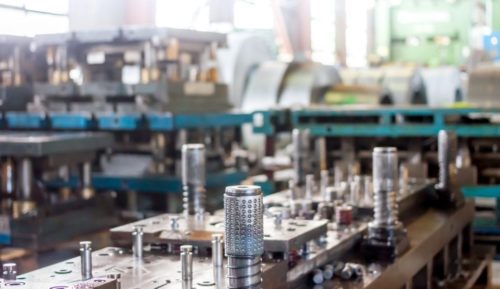
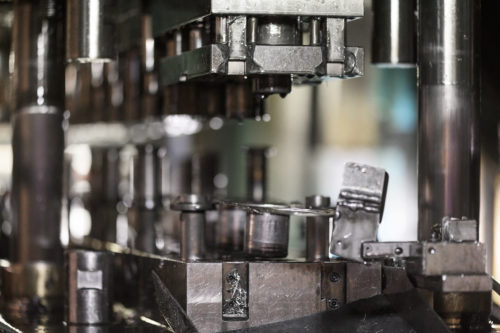

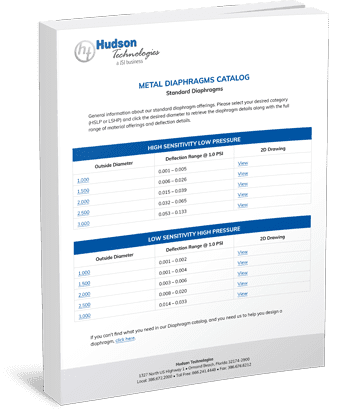
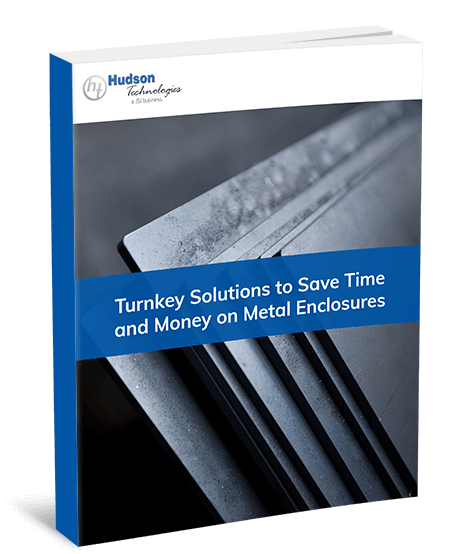

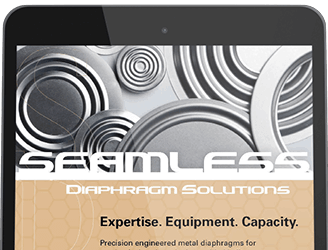
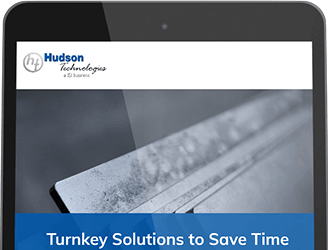
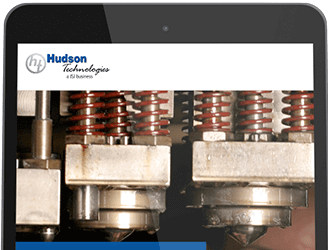



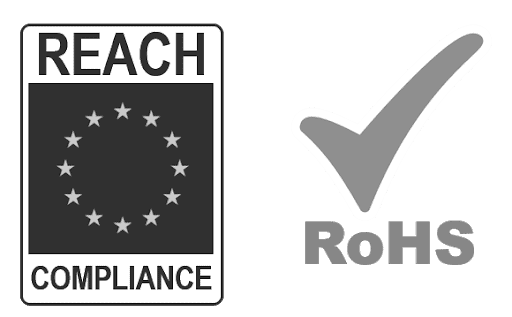
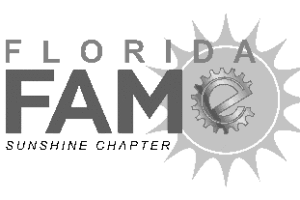

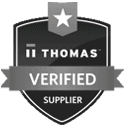

Leave a Reply